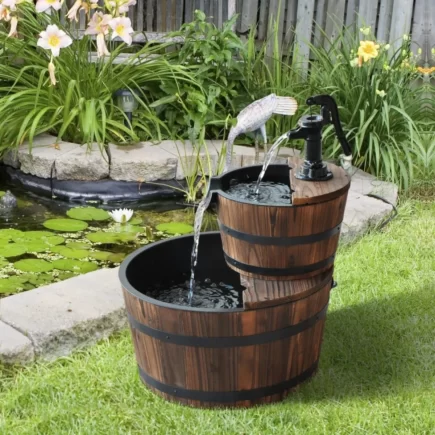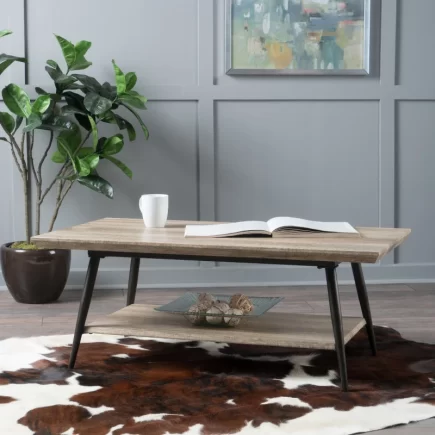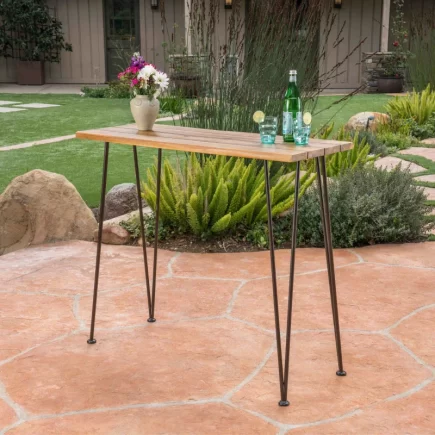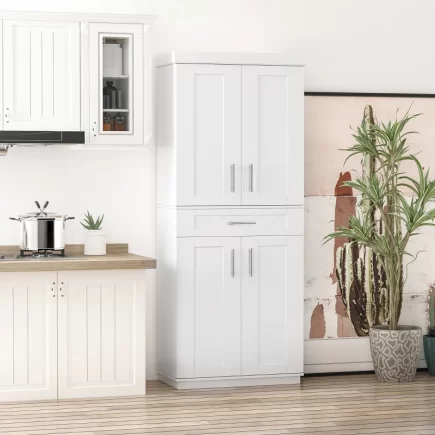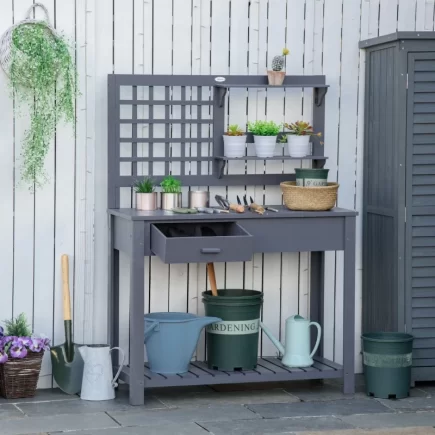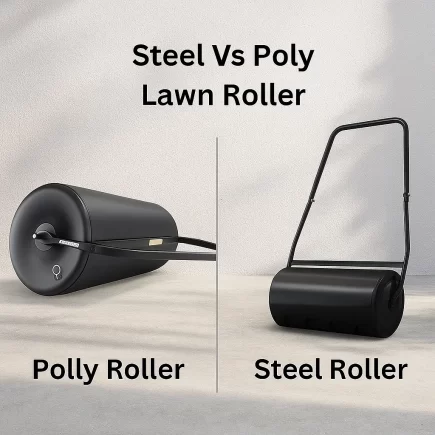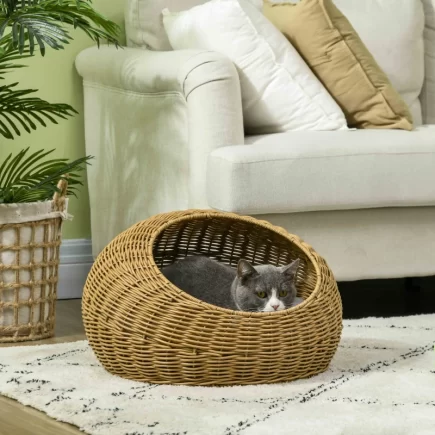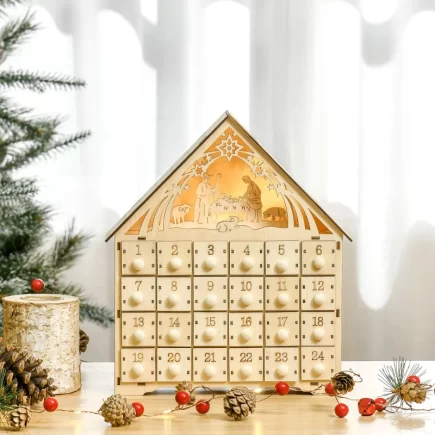Have you ever confused a cushion for a pillow or vice versa? At first glance, they may seem similar, but pillows and cushions serve very different purposes. Understanding these differences is important for both comfort and decor. While pillows are designed for head and neck support during sleep, cushions are primarily decorative or used for comfort while sitting.

This article will explore the key differences between pillows and cushions in terms of their functions, materials, sizes, cultural significance, and care, helping you make the right choice for your needs.
Pillow vs Cushion: Purpose and Function
Pillow
A pillow’s primary function is to provide support while sleeping, specifically for your head, neck, and sometimes your back. It’s an essential component of a comfortable bed setup. Pillows are designed to ensure proper alignment of the spine during sleep, preventing discomfort and long-term health issues like neck pain or poor posture.
While you may not think much about it, a pillow plays a significant role in your sleep quality.
Cushion
Cushions, on the other hand, are used for comfort or decoration. They are not typically meant for sleeping but rather for enhancing comfort when sitting, especially on sofas or chairs. Cushions can also be used for lumbar support, helping to maintain proper posture while seated for long periods.
Pillow vs Cushion: Material Differences
Pillow Materials
Pillows are typically filled with soft materials like down feathers, cotton, foam, and memory foam. These fillings are designed to offer comfort and support during sleep.
Down feathers provide softness and luxury, while cotton offers breathability and hypoallergenic properties. Foam and memory foam pillows offer firmer support, contouring to the shape of the head and neck for better alignment.

Cushion Materials
Cushions, on the other hand, use firmer fillings such as polyester, memory foam, or dense cotton. These materials are designed for added comfort and support while sitting or as decorative pieces.
Memory foam cushions provide lumbar support, while polyester cushions maintain durability and shape, making them ideal for furniture and decorative uses.
Size and Shape Variations
Pillow Sizes
Pillows are typically rectangular in shape, with common sizes including standard, queen, and king. Some decorative pillow options may be smaller, but the primary function of a pillow is to fit comfortably under your head and support your neck during sleep.
Cushion Sizes
Cushions are far more varied in shape and size. They come in square, round, or oblong shapes and can be as large or small as desired. While pillows are standardized for comfort, cushions are primarily decorative and are chosen for style as much as comfort.
They may be placed on sofas, chairs, or even beds to add a pop of color and personality to your space.

Pillow Use in Bedding vs Cushion Use in Furniture
Pillow Functionality
In bedding, pillows are used for their practical purpose, providing support while sleeping. A well-chosen pillow can make all the difference when it comes to your sleep quality. It helps maintain proper alignment and prevents strain on the neck and back.
Cushion Functionality
Cushions, however, are primarily used in furniture like sofas, chairs, and benches. They serve as both a comfort accessory and a decorative piece. While they may provide comfort while sitting, their main job is to enhance the aesthetic appeal of your space. You can find cushions in various colors, patterns, and textures to suit your home décor.
Cushions are often used to add style to a room. They can change the look and feel of a space by adding color, texture, and personality. Cushions can be arranged in various ways to create a cozy, inviting environment.

Health Considerations: Pillow vs Cushion
Pillow Impact on Health
The right pillow is essential for maintaining good health, especially when it comes to sleep. A supportive pillow helps keep your spine aligned, preventing neck pain and other musculoskeletal issues.
For those with specific health concerns, such as sleep apnea or chronic neck pain, the type of pillow used can make a significant difference in comfort and overall health.
Cushion Impact on Health
While cushions aren’t meant for sleeping, they play a vital role in maintaining comfort and proper posture when sitting. Cushions designed for lumbar support can relieve back pain by promoting better posture. When sitting for long periods, especially at a desk or in front of a TV, using a cushion to support your lower back can reduce discomfort.
Pillow vs Cushion: Durability and Lifespan
Pillow Durability
Pillows generally have a shorter lifespan than cushions. Over time, they lose their shape and support due to constant pressure from sleeping. Most experts recommend replacing your pillow every 1-2 years to ensure proper neck support and comfort.

Cushion Durability
Cushions, especially those used primarily for decoration, tend to last much longer than pillows. Since they aren’t subjected to the same level of pressure, cushions can remain in good condition for several years. However, cushions used for lumbar support may need more regular maintenance, as they may compress over time.
Pillows & Cushions in Different Cultures
Cultural Pillow Use
In various cultures, pillows have different meanings and uses. For example, in Japan, people traditionally use a small, firm pillow that supports the neck while sleeping, while in Western cultures, pillows are typically larger and softer, catering to different sleep preferences.
Cultural Cushion Use
Cushions also hold cultural significance. In Middle Eastern cultures, large, plush cushions are used for sitting on the floor during social gatherings. In contrast, in Western cultures, cushions are primarily decorative and are used to enhance the aesthetic of living spaces.

Care and Maintenance: Pillow vs Cushion
Pillow Care
Caring for your pillow involves regular washing and fluffing to maintain its shape. Depending on the material, some pillows may require professional cleaning, such as down feathers. It’s also important to protect your pillow with a pillowcase, which can be washed frequently.
Cushion Care
Cushions are easier to care for than pillows, especially if they have removable covers. Most cushion covers can be washed or wiped down. However, cushions with foam or memory foam fillings may require spot cleaning or professional cleaning to keep them in good condition.
Cost Comparison: Pillow vs Cushion
Pillow Costs
The cost of pillows can vary significantly depending on the material and brand. While basic cotton pillows are affordable, high-quality memory foam or down-filled pillows can be more expensive. On average, a good pillow can range from $20 to $100.

Cushion Costs
Cushions, especially decorative ones, can be more expensive than pillows, especially when crafted from luxury materials or designer brands. You may find cushions ranging from $30 to $150, depending on their design, materials, and purpose.
Pillow vs Cushion: Quick Comparison
| Aspect | Pillow | Cushion |
| Purpose & Function | Supports head, neck, and spine during sleep for better alignment. | Adds comfort while sitting and enhances home décor. |
| Materials | Down, cotton, foam, memory foam for softness and support. | Polyester, memory foam, dense cotton for durability and firmness. |
| Size & Shape | Usually rectangular; standard, queen, and king sizes. | Square, round, oblong, and various decorative shapes. |
| Primary Use | An essential part of bedding for quality sleep. | Used on sofas, chairs, benches, or as floor seating. |
| Health Impact | Helps prevent neck pain, stiffness, and poor posture. | Provides lumbar support and improves posture while sitting. |
| Durability | Shorter lifespan (replace every 1–2 years). | Longer lifespan; decorative cushions can last for years. |
| Cultural Significance | Japanese use small firm pillows; Western cultures prefer soft ones. | Middle Eastern cultures use floor cushions; Western use is decorative. |
| Care & Maintenance | Requires regular washing, fluffing, and pillowcase protection. | Easier care with removable covers; may need spot or professional cleaning. |
| Cost Range | $20–$100 depending on material and quality. | $30–$150, often higher for designer or luxury decorative cushions. |
Pillow and Cushion may look alike, but they serve distinct purposes. Pillows offer neck support for sleep, while cushions provide comfort, lumbar support, or decoration. Understanding these differences helps you choose the right option for your needs. Whether you’re seeking a pillow for better sleep or a cushion to enhance your home’s decor and comfort, considering your specific needs will ensure a more comfortable and stylish living space.
FAQs
1. Can I use a cushion as a temporary pillow when guests stay over?
A cushion can work as a short-term pillow, especially in a pinch. Still, because it lacks proper head and neck support, guests may not feel fully rested after a night’s sleep.
2. What should I do if my cushions lose shape too quickly?
Try fluffing them daily and switching their positions to spread out wear. Opting for durable fillings like high-density foam or using quality inserts also helps keep them fuller for longer.
3. How do I choose between decorative and functional cushions?
Think about your goal first: comfort or style. Functional cushions should offer firm, supportive filling, while decorative ones can focus on bold fabrics, patterns, and textures to enhance your space.
4. Is it okay to sleep on a cushion during travel?
You can nap on a cushion when travelling, but it won’t give proper posture support. Travel pillows are specifically shaped for neck comfort, making them more suitable for long journeys.
5. What’s the difference between a cushion and a bolster?
Bolsters are long, cylindrical supports often used under the knees, back, or arms. Cushions, however, come in varied shapes and are designed mainly for comfort or decorative appeal.


